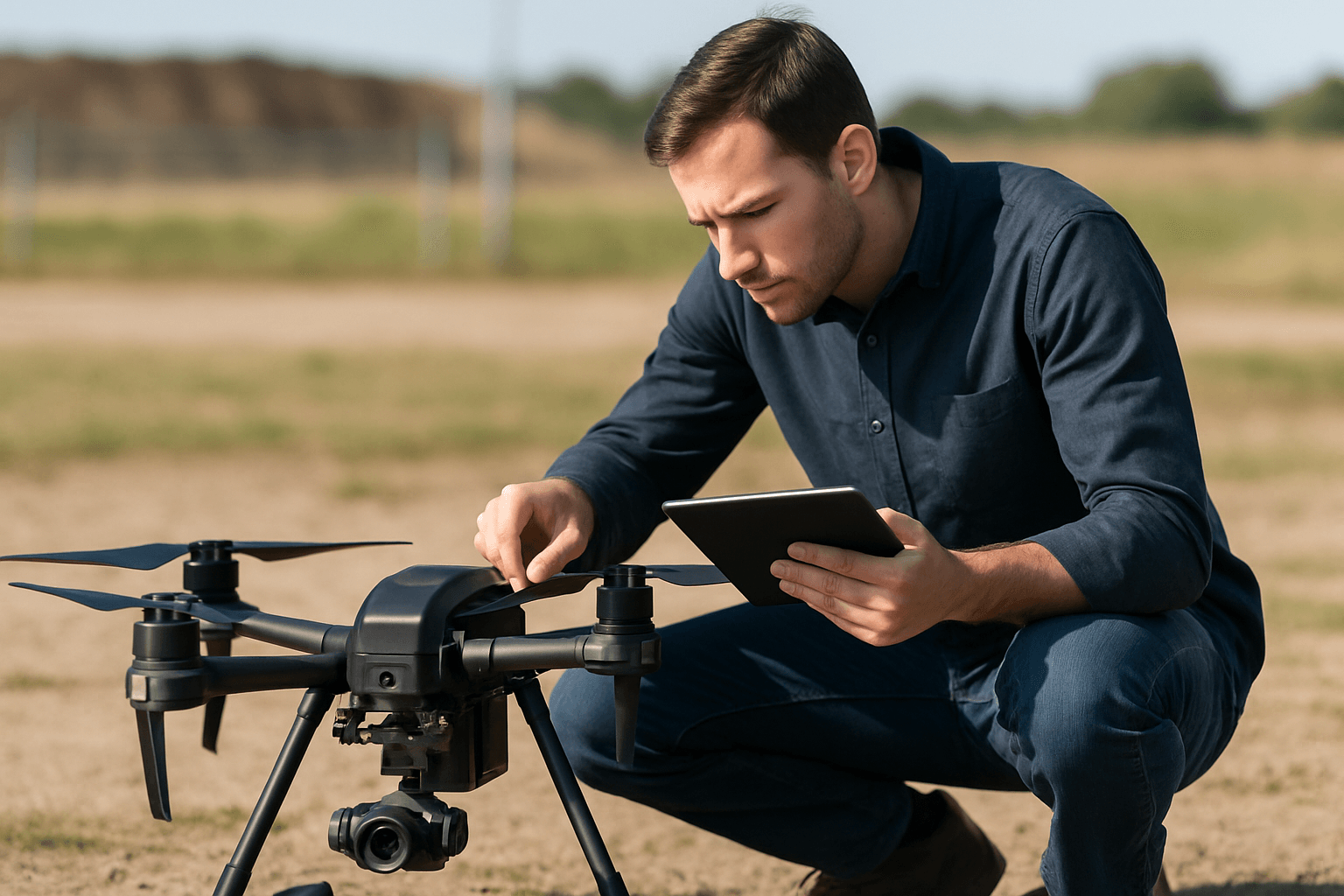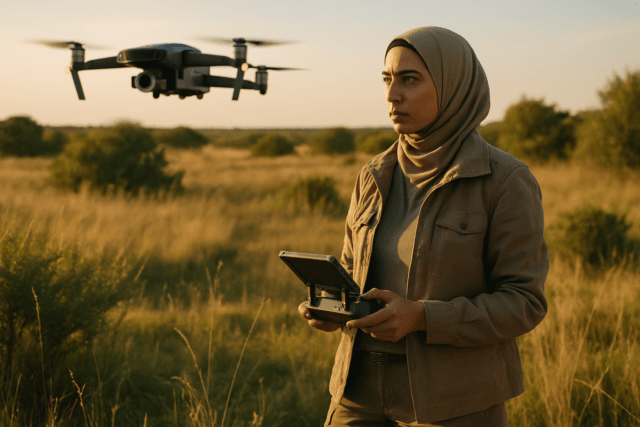Drones have become increasingly prevalent in both recreational and commercial sectors, leading to a rise in drone-related incidents and, consequently, insurance claims. Understanding the landscape of drone insurance claims is crucial for drone operators to protect their investment and mitigate potential liabilities. This article delves into the common types of drone insurance claims, the claims process, factors affecting premiums, and how to choose the best insurance coverage.
Common Types of Drone Insurance Claims
Several factors can lead to drone insurance claims, ranging from pilot error to mechanical failure. Here are some of the most frequent causes:
- Pilot Error: This is the leading cause of drone-related incidents, accounting for nearly 50% of all claims. Fatigue, distraction, poor communication, and lack of teamwork can contribute to pilot errors.
- Loss of Data Link: This occurs when the drone loses GPS signal, resulting in loss of control. It accounts for a significant percentage of claims.
- Accidental Damage: Various factors, such as airborne moisture, insufficient GPS signal, or loss of power mid-flight, can cause accidental damage to drones.
- Mechanical Failure: Regular maintenance and pre-flight checks are essential to minimize mechanical failures.
- Bird Strike: Collisions with birds can cause substantial damage to drones, making it important for pilots to stay vigilant.
- Loss of Power: Ensuring batteries are fully charged before takeoff and avoiding flights with low or partially charged batteries is critical.
- Accidental Loss: Leaving equipment behind after a flight can lead to accidental loss claims, especially for operators with multiple drones and accessories.
- Flyaway: This happens when the operator loses control of the drone, often due to flying beyond visual line of sight or compass interference.
The Drone Insurance Claim Process: A Step-by-Step Guide
Navigating the drone insurance claim process efficiently is essential to minimize downtime and recover losses quickly. Here’s a step-by-step guide:
- Initial Response at the Incident Site:
- Document the Event: Record the date and time of the incident.
- Take Photos: Capture four to six photos of the drone at the landing site, including the surrounding environment. After recovering the drone, take additional photos of visible damage.
- Contact Your Insurance Provider:
- Report the incident to your insurance provider as soon as possible. Most companies have a dedicated claims department. Report incidents within 24 hours.
- Complete a Claims Form:
- Your insurer will require you to complete a claims form with specific information about the incident and the extent of the damage or loss.
- Submit Required Documents:
- Claim Form: Fill it out accurately and completely.
- Images of the Damaged Drone: Provide clear images of all affected areas.
- Pilot/Flying Logs Book: Include relevant flight logs.
- Invoices: Submit invoices for the drone and any damaged equipment.
- FIR (if applicable): Include a First Information Report if the incident involved theft or other criminal activity.
- Any Other Documents: Provide any additional documents requested by the insurer.
- Claims Specialist Assignment:
- After receiving your claim, the insurance carrier will assign a claims specialist to your case to confirm the details, review documentation, and assess the next steps.
- Surveyor Appointment:
- The insurer will appoint a surveyor to inspect the damage and assess the extent of the loss.
- Claim Settlement:
- The insurer will begin the claim settlement process after the surveyor submits their report.
Factors Affecting Drone Insurance Premiums
The cost of drone insurance can vary widely based on several factors. Understanding these factors can help you find the most suitable and cost-effective coverage:
- Type of Coverage: The extent of coverage significantly impacts premiums. Public liability insurance, which covers damage or injury to third parties, is generally more affordable than hull coverage, which protects the drone itself.
- Drone Usage (Recreational vs. Commercial): Commercial drone insurance typically costs more than recreational coverage due to the increased risks associated with professional operations.
- Pilot Experience: More experienced pilots may qualify for lower premiums, as they are considered less likely to cause accidents.
- Drone Value: The value of the drone being insured directly affects the premium. Higher-value drones require more expensive coverage.
- Policy Limits: Higher coverage limits result in higher premiums.
- Deductibles: Choosing a higher deductible can lower your premium, but it also means you’ll pay more out-of-pocket in the event of a claim.
- Geographic Location: Premiums can vary based on the region where the drone is operated, with higher-risk areas potentially incurring higher costs.
- Additional Coverage: Opting for additional coverage such as data protection, invasion of privacy, or equipment cover will increase the premium.
Choosing the Right Drone Insurance
Selecting the right drone insurance involves careful consideration of your needs and circumstances. Here are some steps to guide your decision:
- Assess Your Needs:
- Determine Your Risk Exposure: Evaluate the potential risks associated with your drone operations, including liability and potential damage to the drone.
- Consider Your Budget: Balance the need for comprehensive coverage with your budgetary constraints.
- Research Insurance Providers:
- Compare Policies: Look at different insurance providers to compare coverage options, premiums, and deductibles.
- Check Reviews: Read customer reviews and check the insurer’s reputation for claims handling and customer service.
- Understand Policy Coverage:
- Read the Fine Print: Understand what is covered and what is excluded in the policy.
- Check for Exclusions: Pay attention to any exclusions, such as flying in restricted areas or operating the drone unsafely.
- Verify Legal Compliance:
- Ensure Compliance: Make sure the insurance policy complies with all relevant legal and regulatory requirements.
- UAOP: Ensure that you have the necessary permissions and licenses to operate your drone commercially, as lack of compliance can invalidate your insurance policy.
How Drones Are Revolutionizing Insurance Claims
Drones are increasingly being used by insurance companies to expedite and improve the claims process. Here are some key benefits:
- Faster Data Gathering: Drones can quickly access and assess damage, especially in remote or inaccessible areas, reducing the time it takes to initiate the claims process.
- More Accurate Assessments: High-resolution images and videos captured by drones provide a comprehensive view of the damage, enabling more accurate cost estimations for repairs or replacements.
- Reduced Costs: Drones eliminate the need for costly manual inspections, such as scaffolding or cherry pickers, to access roofs and other difficult-to-reach areas.
- Improved Safety: Drones reduce the need for insurance adjusters to physically visit hazardous sites, protecting them from potential risks.
- Fraud Prevention: High-resolution imagery can provide irrefutable evidence of the extent of the damage, helping insurers detect and prevent fraudulent claims.
Common Mistakes That May Invalidate Your Drone Insurance
Several common mistakes can lead to the rejection of drone insurance claims or the cancellation of policies. Being aware of these pitfalls can help you avoid them:
- Inaccurate Information: Providing inaccurate information about your drone’s specifications, primary use, or previous incidents can invalidate your coverage.
- Using Personal Insurance for Commercial Activities: Ensure you have a commercial drone insurance policy if you use your drone for business-related activities.
- Lack of Proper Documentation: Failing to maintain accurate flight logs, maintenance records, and other relevant documentation can hinder the claims process.
- Flying Without Necessary Permissions: Operating your drone without the required licenses or permissions can render your insurance policy invalid.
- Operating Outside Policy Terms: Violating the terms of your insurance policy, such as flying in restricted areas or engaging in prohibited activities, can lead to denied claims.
Leading Drone Insurance Providers in the UK
Several insurance providers in the UK offer specialist drone insurance cover. Here are some of the leading companies:
- Coverdrone: Specializes in comprehensive insurance solutions for drone operators, including full cover during flight, aviation liability, data protection, and invasion of privacy. Compliant with EU regulation EC 785/2004 and serves pilots in the UK, EU, Canada, Australia, and New Zealand.
- Drone Cover Club (DCC): Tailored for drone and model aircraft hobbyists. Offers various membership options that include public liability insurance and personal accident insurance for recreational drone flying.
- FPV UK: Offers comprehensive public and products liability insurance, international cover, CAA Article 16 Operational Authorisation, and exceptional support.
- Skywatch.AI: Offers a simple online process, mid-term policy changes, and various duration plans. Coverage includes 3rd party aviation liability coverage, personal injury, and privacy claims coverage.
Conclusion
Navigating the world of drone insurance claims requires a thorough understanding of potential risks, policy coverage, and the claims process. By taking proactive steps to secure adequate insurance, document incidents properly, and avoid common mistakes, drone operators can protect their investment and ensure they are covered in the event of an accident. As the use of drones continues to grow, staying informed about insurance trends and emerging risks is essential for all drone enthusiasts and professionals.





